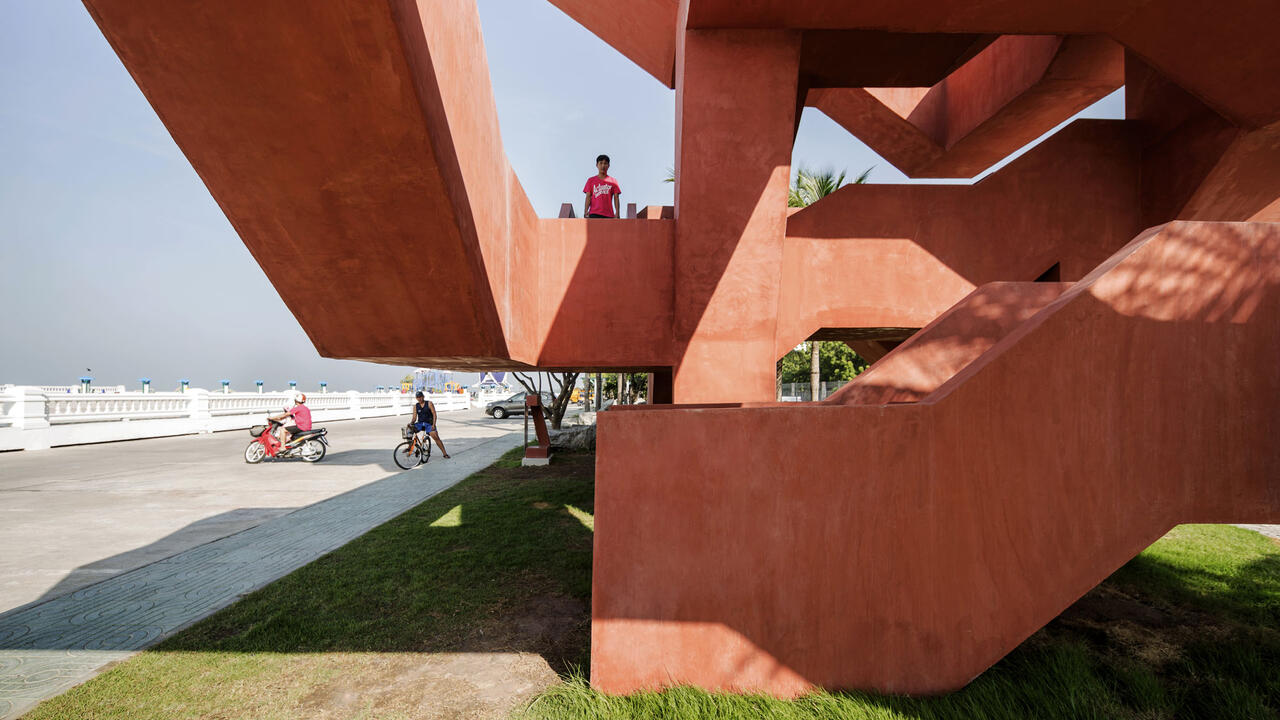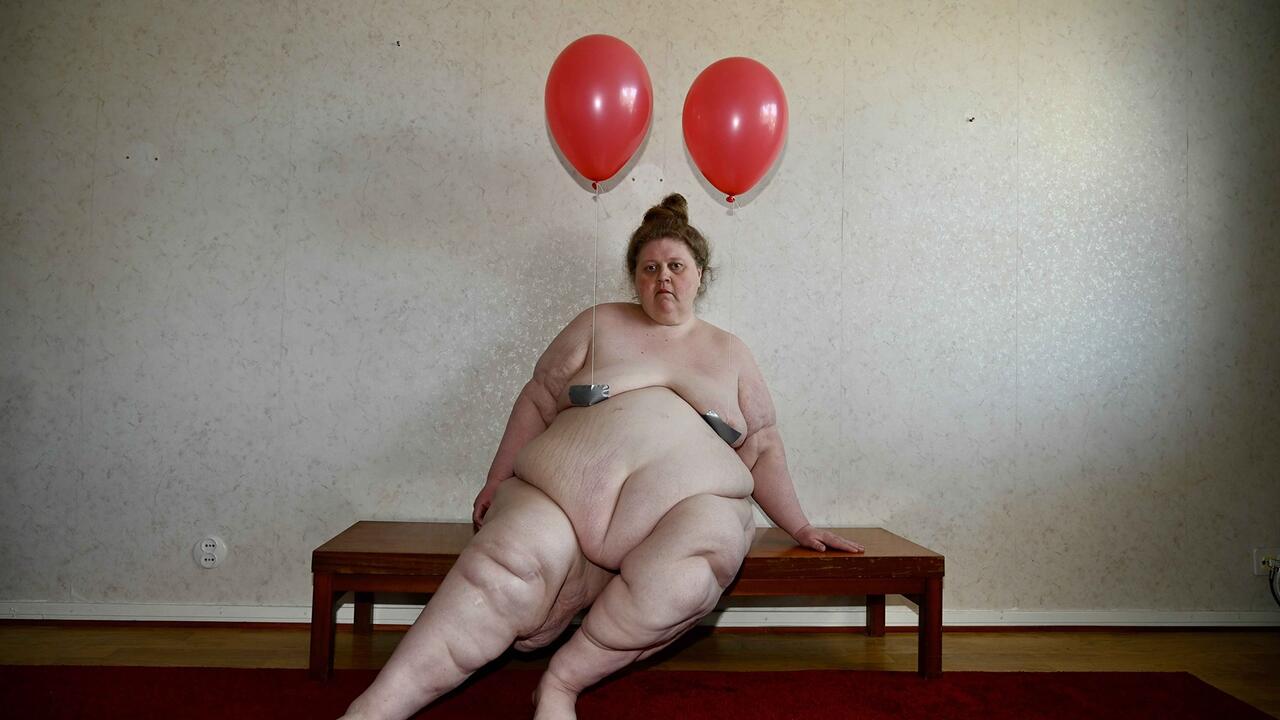Corinne Wasmuht
Akademie der Künste
Akademie der Künste

Just four years after Corinne Wasmuht’s Supracity exhibition at the Haus am Waldsee (which travelled to Kunsthalle Nürnberg), Berlin is hosting another retrospective of her work, this time in honour of the artist’s receipt of the 2014 Käthe Kollwitz Prize. Some of the same works that were displayed in the previous exhibition have now been hung on the ample walls of the 1960 building which its architect Werner Düttmann described as a ‘clear, unemotional box’. The generous, unadorned architecture benefits Wasmuht’s paintings, enabling the viewer to concentrate particularly intensely on observing the 18 works in the exhibition. This makes the show relatively straightforward, even if the paintings themselves are anything but. The exhibition shows early, moderately-scaled paintings such as Feuer (Fire, 1990), a work that has been disassembled into rhombuses and squares and then reassembled into a tile-like pattern; Haare I-III (Hair, 1991–93), with its images of the backs of heads in different hair styles that have merged to form enclosed surfaces; the vividly coloured Menschen in Kunstlicht (People in Artificial Light, 1999), comprised of geometric segments showing different faces bathed in glaring disco colours; and the almost as bright Mikroskopische Anatomie (Microscopic Anatomy, 1994), composed of illustrations from anatomical drawings of layers of tissue. In Mikroskopische Anatomie, the flat tiles that characterize the other early works gave way for the first time to pictorial space organized by perspective, which would come to typify Wasmuht’s paintings in the
following years.
Paradoxically, it was this acknowledgement of traditional composition that fostered the total deregulation of Wasmuht’s motifs. The viewer can follow how she carries the weight of painting’s tradition and its baggage of art history, and how her discovery of pictorial depth makes space itself her essential subject. Paintings such as Gewalt (Violence, 2001) and Heidelberg (2003) mark a transition: in the former, the levels of the picture remain clear and are delineated in contrasting painting styles; in the latter, the levels dissolve into a streaky texture that shows the clear influence of digital image processing.
Throughout this evolution, Wasmuht’s painting style remains precise and sober. Everything is constructed layer-by-layer in a lengthy working process, from the luminous application of paint to the digitally contrived arrangement of the image’s elements and levels. In her renderings, space becomes shapeless, fascinating and menacing, a boundless playing field that allows real and fictional people and places to flow into one another. In the disorienting depths of their overlays and reflections, the urban-seeming jungles of motifs that take shape in her paintings ultimately seem almost as hermetic as her early ‘flat’ works. Segmented interior spaces, street scenes and reflective surfaces become cabinets of mirrors in which the viewer can no longer discern where anything begins, ends or belongs – as in DFW-CDG (2010) where a man in a Mao suit hangs upside down in an anonymous airport which has been splintered into reflective fragments.
Perspective is an organizing principle in these paintings, but everything else is utterly dissolved. Image depth is ultimately presented as a mere construction, and thus as another ambivalent surface. In 211.212 (2013), for example, elements of various video game disaster scenarios appear as if the have become entangled not only with one another but also, intractably, with silhouettes from family photo albums. They are interchangeable, bound together in post-Impressionist disintegration, in a drama of total deregulation, Baroque in its excessive detail and exuberant dimensions, painted in radiant colours like a high-definition Tiepolo sky, and every bit as inextricable and inescapable as the Internet or globalization – or Piranesi’s prisons.
On awarding Wasmuht the Käthe Kollwitz Prize, the jury described her works, somewhat circuitously, as ‘alternatives to the reality of contemporary life, captured in counter-images’. It is likely that the artist’s working method, rather than the motifs of her paintings, represents such a counter-image: through their total dissolution of boundaries, her works ultimately show a fully deregulated world. The viewer recognizes exactly what is at stake: the reality of life.
Translated by Jane Yager














